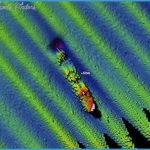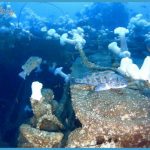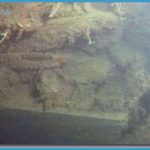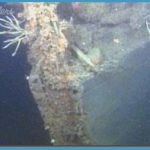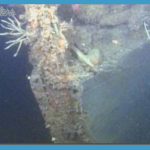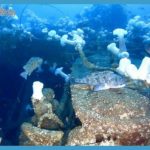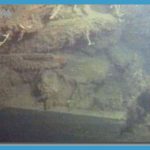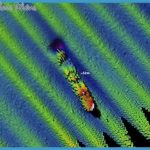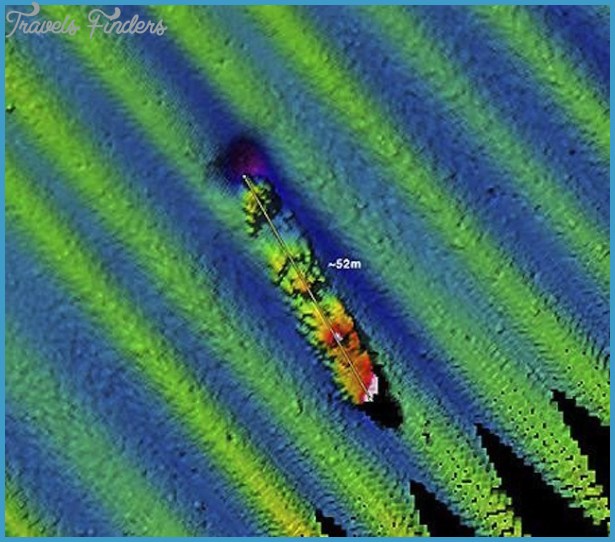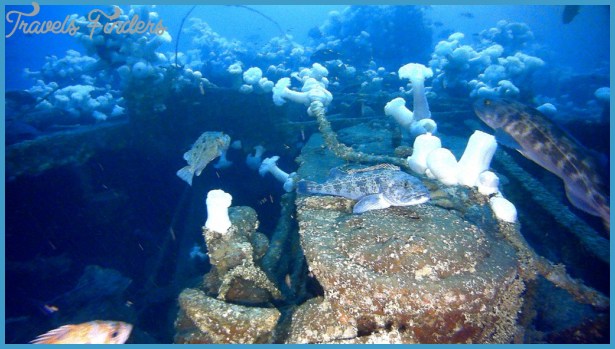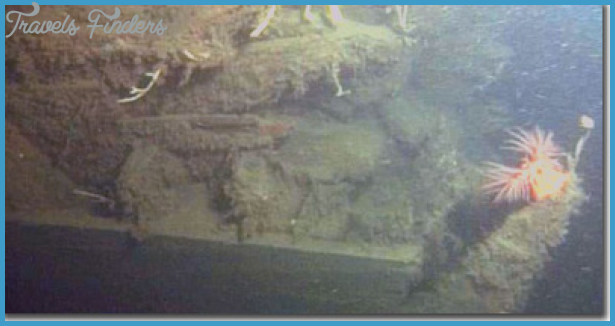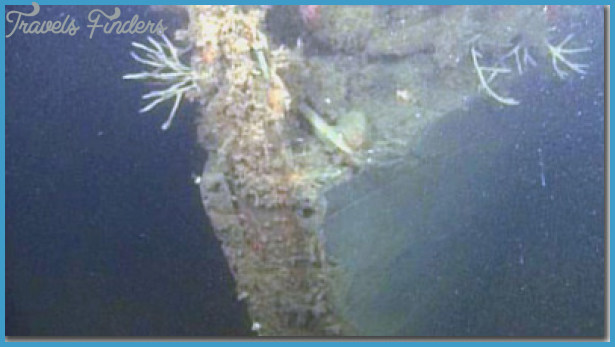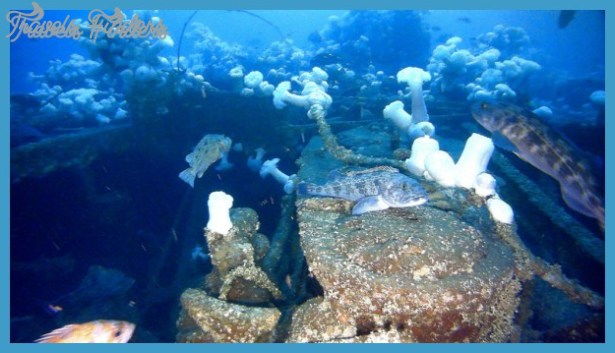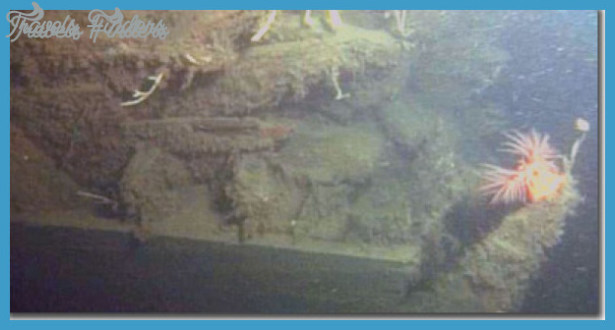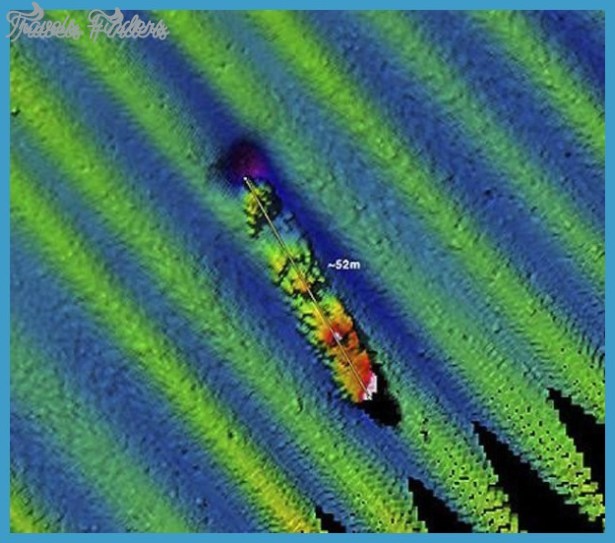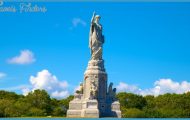A TOUR OF ROANOKE ISLAND
At fifteen miles, this is the shortest route in the book. But those miles are packed with enough beauty, history, and maritime heritage to keep you engaged for as long as you like. You could drive the route straight through in about thirty minutes. But to see and experience everything to even a moderate degree requires at least a couple of days.
Prior to the summer of 2002, it would have been a stretch to call this a backroad. With thousands of vehicles passing through daily on their way to the Outer Banks, Manteo had become a frustrating place to visit, and that’s being kind. That all changed when the new Virginia Dare Memorial Bridge opened across Croatan Sound, bypassing Manteo altogether. Our route begins at the bridge in Manns Harbor, but instead of crossing it on the new Bypass U.S. Highway 64, we’re going to head north on the old U.S. 64. Of course, no one is going to come here without crossing the state’s longest bridge (5.2 miles) at least once, so you can either go ahead and get it out of your system now, or wait until later in the route when we get close to it on the other side.
Manns Harbor typifies a small fishing village abandoned by late-twentieth-century economies. Most everyone here is bound to the sea, but for most, it is an avocation. Only a few crusty residents still earn a living from fishing and shellfishing. Turn off the main road onto Old Ferry Dock Road and drive out to the abandoned ferry landing, where you will find abandoned boats, stacks of crab pots, old nets rotting in the sun, collapsing fish houses, and boat parts scattered everywhere.
The William B. Umstead Bridge over Croatan Sound opened in 1957, eliminating the need for a ferry to cross the sound. For forty-five years, the bridge served as the main artery between the mainland and Roanoke Island and the beaches beyond. When the Virginia Dare Memorial Bridge opened in 2002, Umstead Bridge was left to the birds. Actually, the birds had already claimed the bridge, but the heavy vehicle traffic was making their life difficult. The birds we’re talking about are purple martins. Thousands of them. Tens of thousands of them. During the summer, the birds migrate some 150 miles to roost on the bridge. At sunset, they gather in incredible flocks and swarm around the bridge before settling in for the night. This little-known event makes for a spectacular wildlife-viewing scene.
Start out at the west end of Virginia Dare Memorial Bridge near Manteo. Head east on Business U.S. 64. Drive 10 miles, then cross over the intersection with U.S. 64 onto NC 345. Follow it 5 miles to Wanchese. (15 miles)
The purple martins begin arriving in mid-June and remain until late August. The peak period, with up to 100,000 birds, occurs from about mid-July until the third week of August. With so many birds flying around the bridge during the peak tourist season, it’s not surprising that deadly encounters happen on a regular basis. (The tiny two-ounce birds are no match for two-ton SUVs.) The new bridge has lessened the traffic, and flashing lights warn people to slow down, but the crashes still occur at an alarming rate. Concerned groups have petitioned the North Carolina Department of Transportation to install barrier fencing along the bridge (paid for by outside financing). Their efforts have largely fallen on deaf one might say dumb ears.
To see this incredible spectacle, park at the west end of the bridge about thirty minutes before sunset and wait for the birds’ arrival. At sunrise, the birds tend to fly directly away from the bridge, but at sunset they gather in a swarm and fly in circles before settling down.
It would take an entire book to discuss adequately the historical, aesthetic, and recreational attributes of Roanoke Island. Indeed, many books have been written about the island. The intent here is merely to mention some of the highlights to get your juices flowing. You’ll want to do more research to get the most out of your trip.
Roanoke Island is, of course, the believed location of the Lost Colony, the failed English attempt at settlement in the New World in 1587. Fort Raleigh National Historic Site interprets this rich history. Next door is the Waterside Theater, where the famous outdoor drama The Lost Colony has been presented since 1937. Also adjacent to Fort Raleigh is Elizabethan Gardens, created in 1951 by the Garden Club of North Carolina as a living memorial to the first colonists.
The Lost Colony has been entertaining guests since 1937. The famous outdoor drama depicts the failed attempt at English settlement in the New World in 1587.
The North Carolina Aquarium on Roanoke Island is one of three aquariums operated by the state. Although worthy of a visit at any time, the aquarium is an especially good place to go in the middle of a hot summer day or when thunderstorms threaten outdoor activities.
The rising sun complements the replica Roanoke Marshes Lighthouse on Roanoke Sound in Manteo.
Downtown Manteo is a pedestrian utopia. Shops, restaurants, old buildings, maritime history, and the scenic beauty of a village waterfront blend wonderfully in this place. Here you experience North Carolina’s maritime heritage in the George Washington Creef Boathouse and explore the reconstructed Roanoke Marshes Lighthouse.
Roanoke Island Festival Park lies on a small island just across from the Manteo waterfront. Administered by the North Carolina Department of Cultural Resources, the park provides a living history experience for visitors. At the Settlement Site, you can watch and interact with interpreters who demonstrate blacksmithing, shingling, carpentry, and other jobs required of the early colonists. The park’s biggest draw is Elizabeth II, an accurate representation of the sixteenth-century sailing vessels used to transport the colonists. You can view the ship easily from the Manteo waterfront, but an on-deck experience is part of the Festival Park entry fee.
Before the William B. Umstead Bridge opened in 1957, the only way for travelers to get across Croatan Sound was by ferry. This photograph shows the ferryboat Governor Cherry docked at Manteo. Aycock Brown, The Outer Banks History Center, Manteo
The Elizabeth II at Roanoke Island Festival Park is a replica of the sixteenth-century sailing vessels used to bring colonists from England to the New World. This image shows a close-up view of the rigging.
Net pulleys and rigging on an old fishing boat at the Wanchese harbor contrast with the clear blue sky.
While the northwestern end of Roanoke Island represents North Carolina’s earliest colonial history, Wanchese, at the southeastern end, offers a glimpse into the rich fishing heritage of the state. In fact, Wanchese may be the best example in the state of a real working fishing village. People here have always earned their living from the sea. If you spend any time getting to know them, it’s plain to see they like it that way and will fight any attempts to change their way of life. So don’t expect any fast-food restaurants or miniature golf courses. At the same time, don’t expect any stereotypical postcard scenes either. The beauty of Wanchese lies in the salt-wrinkled skin and dark suntans of hardworking people earning a living as their fathers and grandfathers did.

